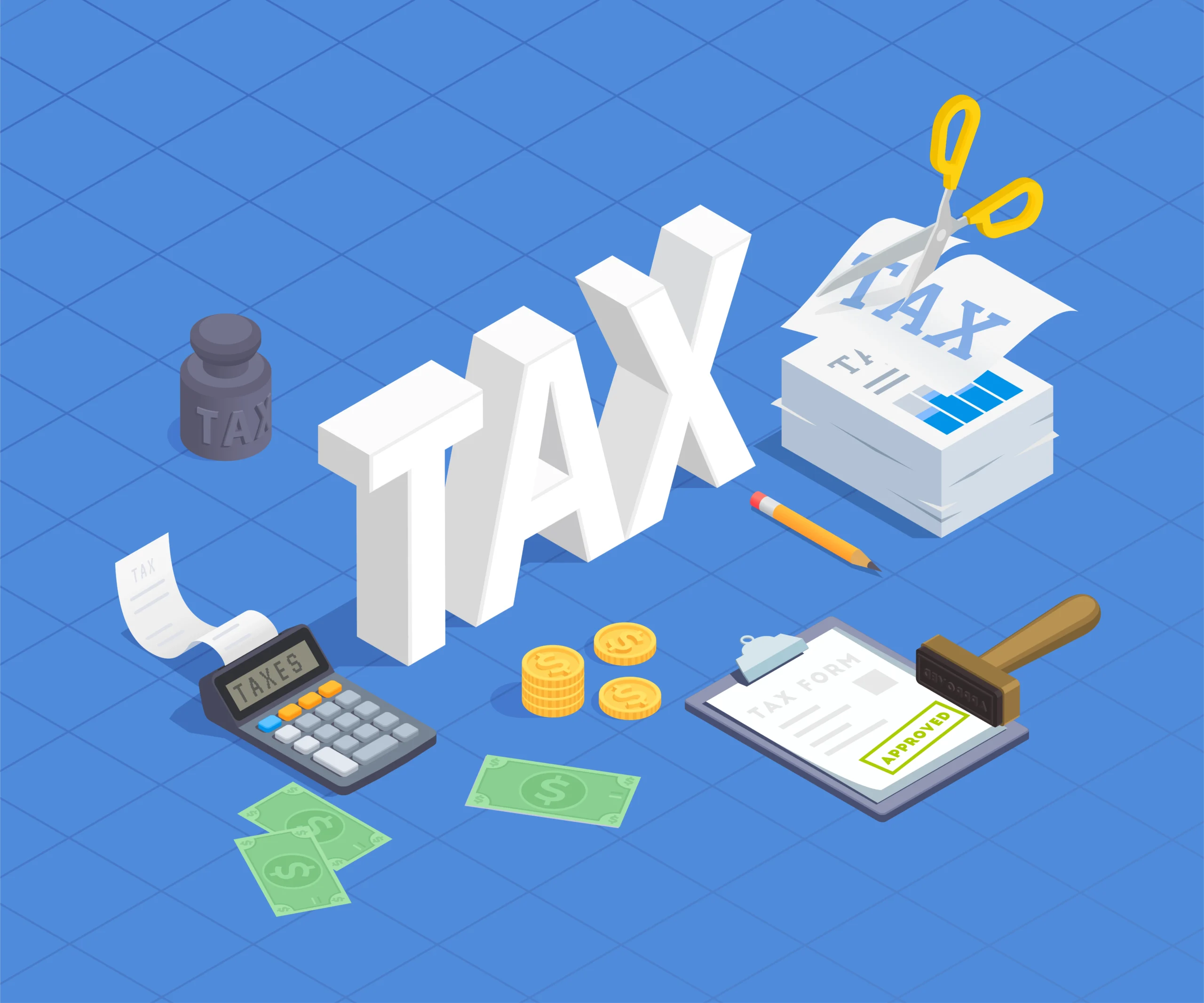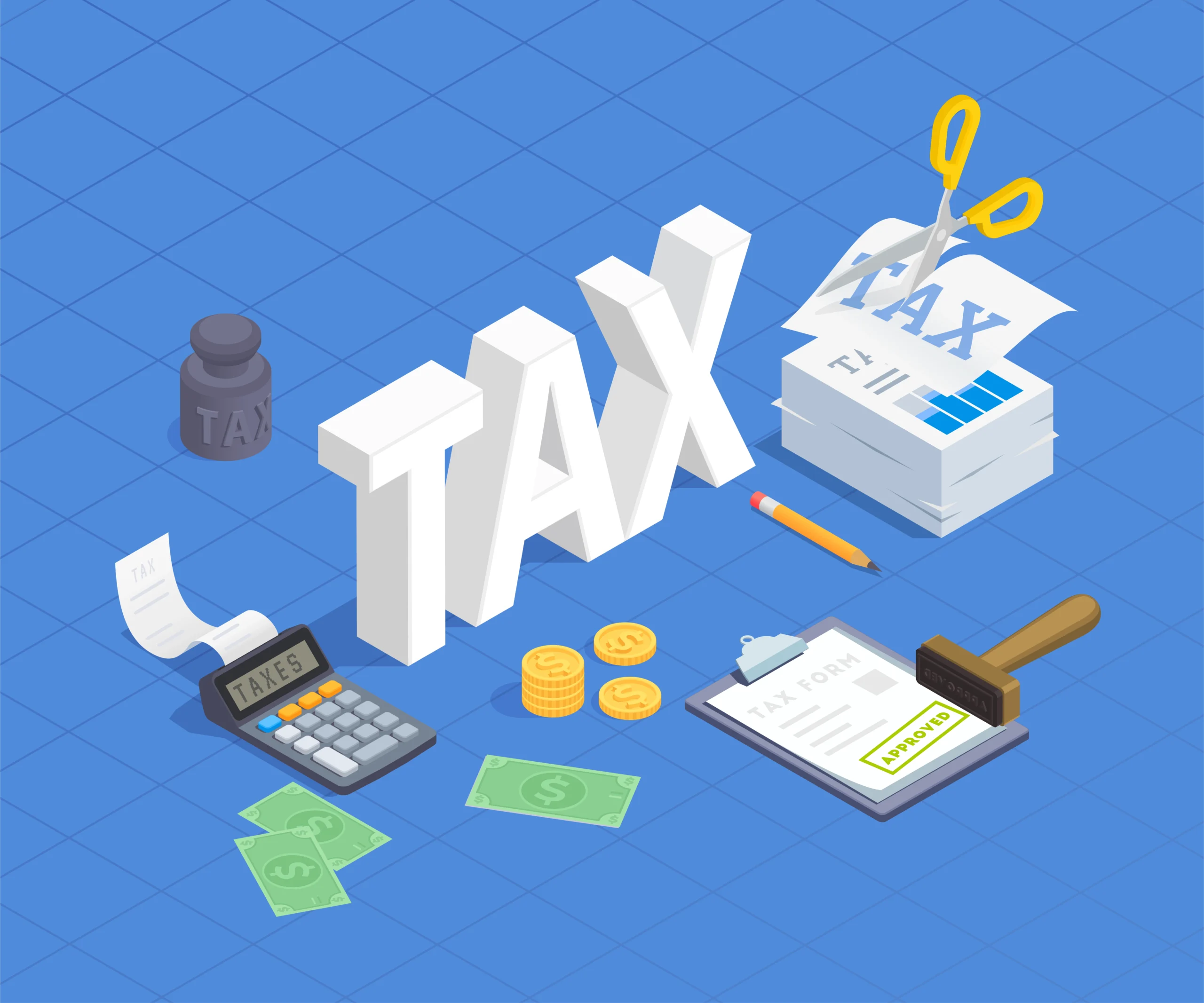In our previous article, we discussed various components of payroll in Kenya, with a particular focus on statutory deductions. We explored how these deductions, including the Pay As You Earn (PAYE) tax, are essential aspects of the payroll process. PAYE, an acronym for “Pay As You Earn,” is a mandatory tax deducted directly from an employee’s gross salary by the employer before the net salary is paid out.
If you missed out on the detailed breakdown of payroll components and statutory deductions, click here for a quick read. The insights shared in that article are crucial for understanding the broader context of payroll management in Kenya.
In this article, we turn our focus to PAYE itself, examining how this tax is structured and calculated for different income levels. Additionally, we’ll provide a step-by-step guide on how PAYE is calculated, helping businesses understand how much tax is deducted from an employee’s salary.

What is PAYE in Kenya?
According to Kenya Labor laws Section 19 (1) of the employment act, an employer is allowed by law to deduct statutory deductions in Kenya from employees’ salaries. In this view, PAYE is one of the mandatory statutory deductions in Kenya.
PAYE is a system of tax collection in Kenya whereby employers are required to deduct tax from the employment income of their employees and remit the tax to the Kenya Revenue Authority, typically on or before the 9th day of the following month. The amount to be deducted for PAYE is dependent on the monthly income of an employee.
For businesses and employers, submitting your PAYE returns online via iTax must be timely, as late payments attract a penalty of KES 10,000 charged per year to the employer. Above all, investing your time in a PAYE calculator will be assisting you in the calculation of PAYE.
Who is Eligible for PAYE Registration?
Any person or business who pays salaries to an employee/employees is required to register for the PAYE obligation, upon which the person is required to:
- Deduct tax from the employee(s) emoluments
- Remit the tax deducted to the Kenya Revenue Authority
What are PAYE Tax Bands in Kenya and How do They work?
PAYE tax bands are the different income brackets that determine the amount of tax an employee is required to pay. The PAYE system is a progressive tax system, meaning that higher income earners pay a higher percentage of their income in taxes.
As of 2024, the PAYE tax bands in Kenya are structured into different income brackets, each with a corresponding tax rate. The current bands which were made effective on the 1st July, 2023 are as follows:
- First Ksh 24,000 per month (or Ksh 288,000 per year)
- Tax Rate: 10%
- Next Ksh 8,333 per month (or Ksh 100,000 per year)
- Tax Rate: 25%
- Next Ksh 467,667 per month (or Ksh 5,612,000 per year)
- Tax Rate: 30%
- Any amount above Ksh 300,000 per month (or Ksh 3,600,000 per year)
- Tax Rate: 32.5%
- Any amount above Ksh 800,000 per month (or Ksh 9,600,000 per year)
- Tax Rate: 35%
For purposes of computing PAYE, an employer is required to apply the Individual Income Tax Bands (rates) that range from 10% to 35% as per Finance Act 2023.
The PAYE tax bands work in different ways, as explained below.
1. Progressive Taxation: PAYE in Kenya is based on a progressive tax system. This means that income is taxed at different rates, depending on which tax band it falls into. For example, if an employee earns Ksh 60,000 per month, the first Ksh 24,000 will be taxed at 10%, the next Ksh 16,667 at 15%, and the remaining amount at the applicable higher rates. Here’s a breakdown of this calculation:
If an employee earns Ksh 60,000 per month, the PAYE calculation would be as follows:
First Ksh 24,000 taxed at 10% = Ksh 2,400
Next Ksh 16,667 taxed at 15% = Ksh 2,500.05
Remaining Ksh 19,333 taxed at 20% = Ksh 3,866.6
Total PAYE = Ksh 2,400 + Ksh 2,500.05 + Ksh 3,866.6 = Ksh 8,766.65
2. Monthly vs. Annual Calculations: PAYE is typically calculated monthly, but the tax bands can also be applied on an annual basis for annual incomes. Employers deduct the tax directly from the employee’s salary each month and remit it to the Kenya Revenue Authority (KRA).
3. Tax Reliefs and Deductions: Employees are entitled to a personal relief of Ksh 2,400 per month (Ksh 28,800 per year), which reduces their overall tax liability. Other deductions, such as pension contributions and insurance premiums, may also reduce taxable income.
4. Compliance: Employers are required by law to calculate and remit PAYE taxes to the KRA on behalf of their employees. Non-compliance can lead to penalties for both the employer and the employee.
How is PAYE Calculated in Kenya?
As earlier mentioned, PAYE (Pay As You Earn) in Kenya is calculated based on a progressive tax system where an individual’s income is taxed at different rates depending on the amount of income earned. Here’s a guide on how PAYE is calculated:
1. Determine Gross Monthly Income: Start by identifying the total gross monthly income of the employee. This includes the basic salary, allowances, bonuses, and any other taxable benefits.
2. Apply the PAYE Tax Bands: The income is then divided according to the PAYE tax bands in Kenya, as highlighted in the section above.
3. Calculate the Tax for Each Band: For each portion of the income that falls within a particular tax band, calculate the tax using the corresponding tax rate. The tax is computed cumulatively, moving through the tax bands from the lowest to the highest. Use the Kenya Revenue Authority PAYE Calculator to determine tax payable.
4. Deduct Personal Relief: In Kenya, every employee is entitled to a standard personal relief that reduces their overall tax liability. As of 2024, the monthly personal relief is Ksh 2,400.
Net PAYE = Total PAYE Tax – Personal Relief
For instance, if the Net PAYE is Ksh 13,899.95 and the personal relief is Ksh 2,400, the calculation will therefore be:
Ksh 13,899.95 – Ksh 2,400 = Ksh 11,499.95
This calculation process ensures that employees meet their income tax obligations efficiently, and it allows employers to remain compliant with Kenyan tax laws.
What Must Employers Do When Filing Tax Returns in Kenya?
When filing tax returns in Kenya, employers have specific responsibilities to ensure compliance with the Kenya Revenue Authority (KRA) regulations. These responsibilities include accurate reporting, timely submissions, and proper documentation.
Below are the key actions employers must take when filing tax returns:
1. Issue a P9 Forms to Employees: A P9 form is an important document issued by employers to employees at the end of each tax year. The P9 form provides a summary of an employee’s earnings, deductions, and tax contributions over the course of the year. The P9 form must contain the following information:
- Basic salary
- Gross salary
- Allowances
- Pension contribution
- PAYE charged
- Personal relief entitlement.
The P9 form facilitates the filing of individual returns. Also, employers are obligated to provide employees with the form. Also, a P9 form can easily be download online via iTax at https://itax.kra.go.ke.
2. Accurately Calculate PAYE (Pay As You Earn): Employers are responsible for accurately calculating PAYE deductions from their employees’ salaries. This involves applying the correct tax bands and considering any applicable reliefs and deductions. Employers must also ensure that other statutory deductions such as the National Social Security Fund (NSSF) and the National Hospital Insurance Fund (NHIF) are correctly calculated and deducted.
3. Remit PAYE Deductions and File Annual PAYE Returns: Alongside filing the returns, employers must remit the deducted PAYE amounts to the KRA. This payment is also due by the 9th of the following month. In addition to monthly filings, employers are required to submit an annual PAYE return. This return summarizes the total PAYE deducted and remitted for the entire year. The annual return should be submitted by the end of February following the close of the tax year.
4. Maintain Accurate Records: Employers must keep accurate records of all salary payments, PAYE deductions, and other statutory contributions. These records should be kept for at least five years as they may be required for audit or verification by the KRA.
5. Respond to KRA Inquiries: If the Kenya Revenue Authority (KRA) has any inquiries or requests for additional information regarding the returns filed, employers must respond promptly and provide the necessary documentation.
How to File Tax Returns
Filing tax returns is an important obligation for all taxpayers, including employees, businesses, and self-employed individuals. The process is done online through the Kenya Revenue Authority’s (KRA) iTax platform. Below is a step-by-step guide on how to file returns:
- Visit the KRA iTax portal at https://itax.kra.go.ke.
- Input your KRA PIN, password and complete the security stamp (Captcha) to login.
- Once logged in, click on the Returns tab in the menu bar and select File Returns.
- Choose the type of tax you would like to file and click next.
- The page on your screen takes you through the filing process. Click on the links provided to download the tax return forms in Excel format. This is often referred to as the “Excel Return Form.”
- Fill the necessary information in the downloaded form and save it.
- Once complete, validate the form by clicking the Validate button within the Excel file. This will generate a zipped file ready for upload.
- Return to the iTax page and select the period in which you are filing the returns, upload the zipped form you saved, agree on the terms of service then click submit.
What other Statutory Deductions Are Applicable to Businesses in Kenya?
In addition to PAYE (Pay As You Earn), businesses in Kenya are required to comply with several other statutory deductions. These deductions are mandatory and are aimed at ensuring employees’ welfare and contributing to the government’s revenue collection.
Read up on Kenya Payroll Guide: Calculations, Regulations & Payslips to learn about other statutory deductions.






